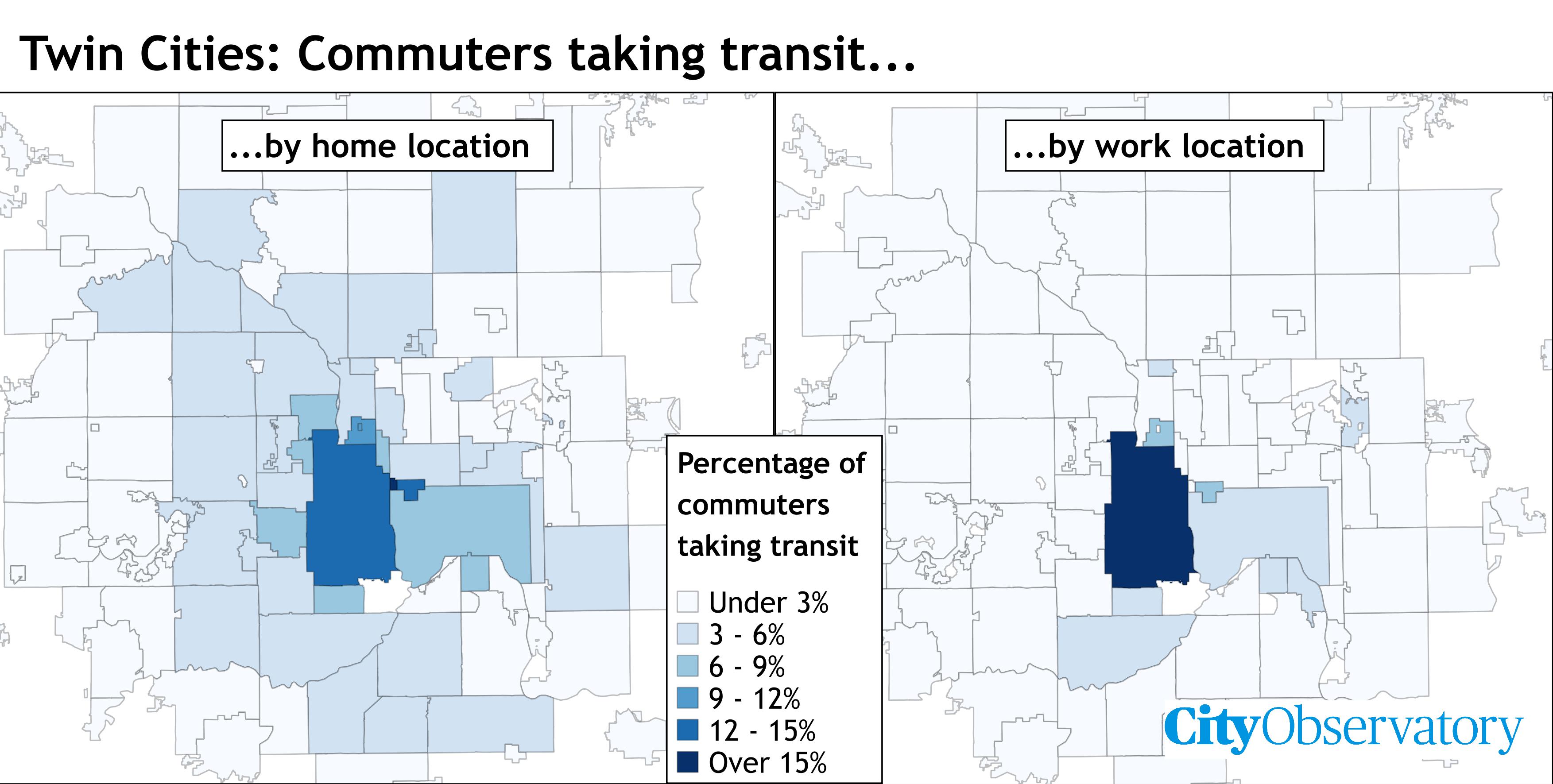Here are Daniel Kay Hertz’s five favorite posts of 2015:
5. Undercounting the transit constituency
When we only look at the number of people who commute on transit, we’re missing others—especially students and the retired—who rely on transit for other reasons.
4. A modest proposal: treat affordable housing more like food stamps
Comparing two well-known government assistance programs sheds some light on what’s wrong with affordable housing policy.
3. When it comes to transit use, destination density matters more than where you live
We usually think of the typical transit rider as living in a dense neighborhood. But really, it’s more about where they’re going than where they live.
2. Zoning in everything—even the education gap
Housing policy is at the bottom of many of the nation’s economic and social problems, even where it seems unlikely. In this piece, I sketch out how zoning laws exacerbate the racial education gap.
1. A $1.6 billion proposal
A story of “ethical landlording” isn’t as ethical as it seems. But it points the way to a better possibility: a housing capital gains tax to fund affordability.

